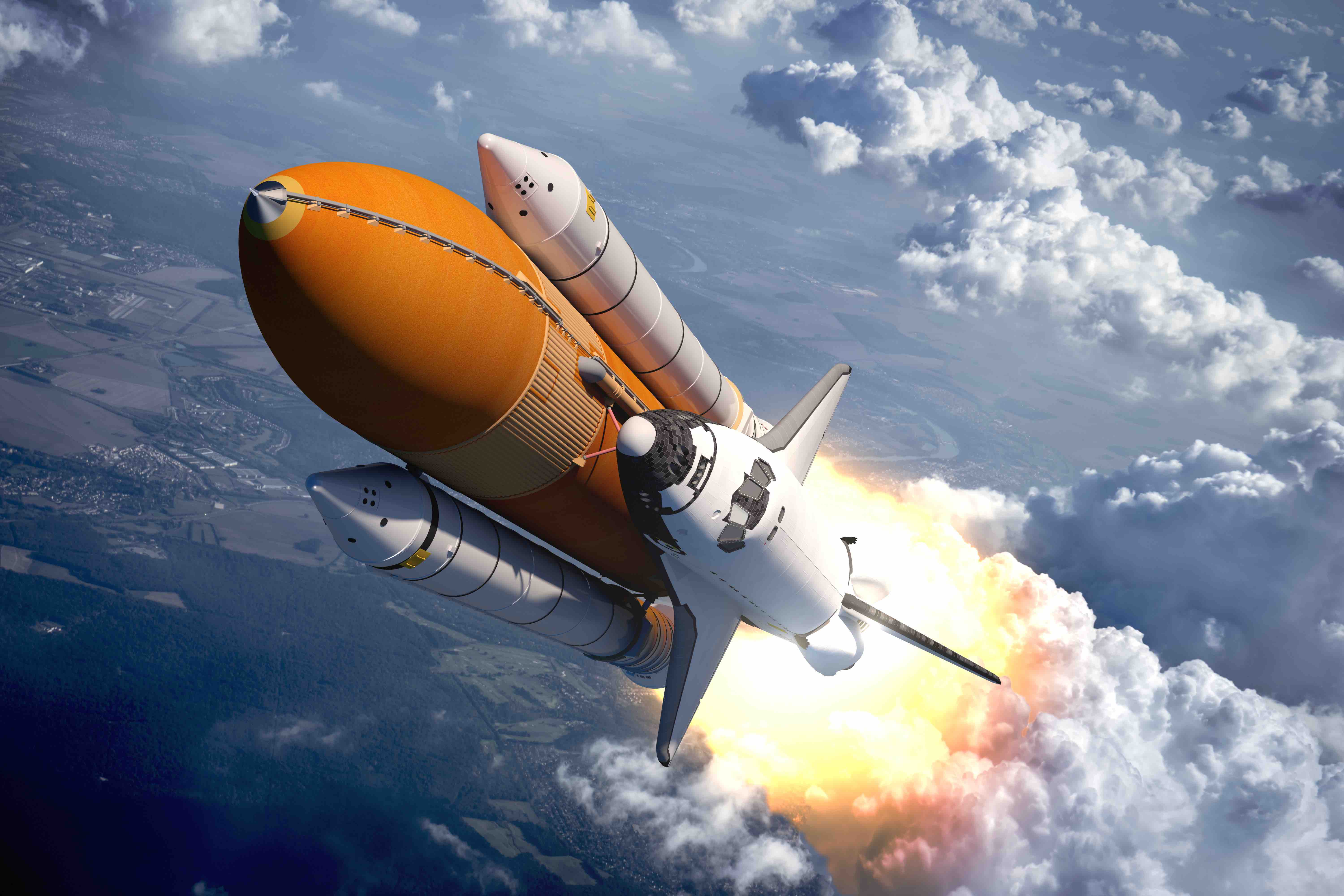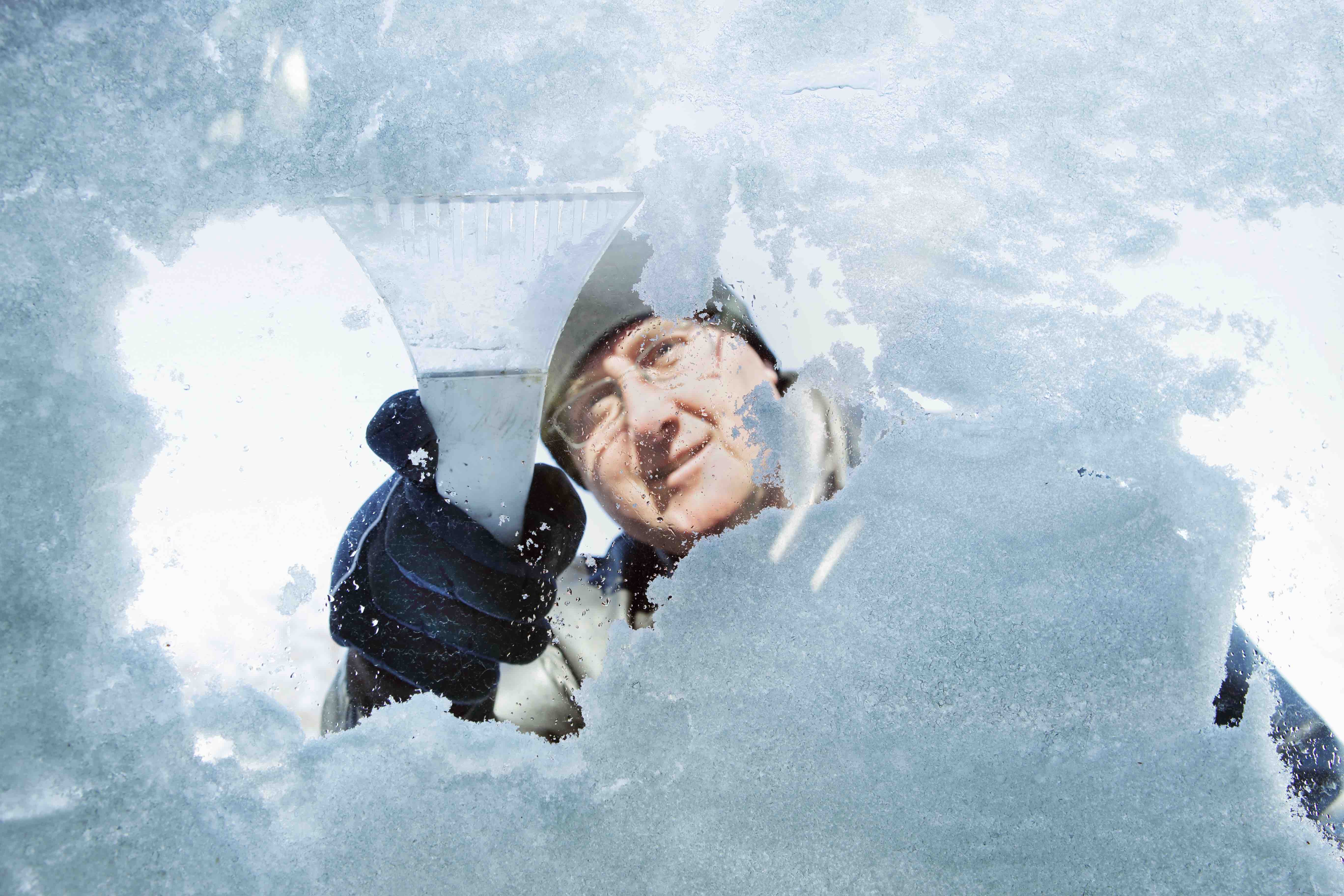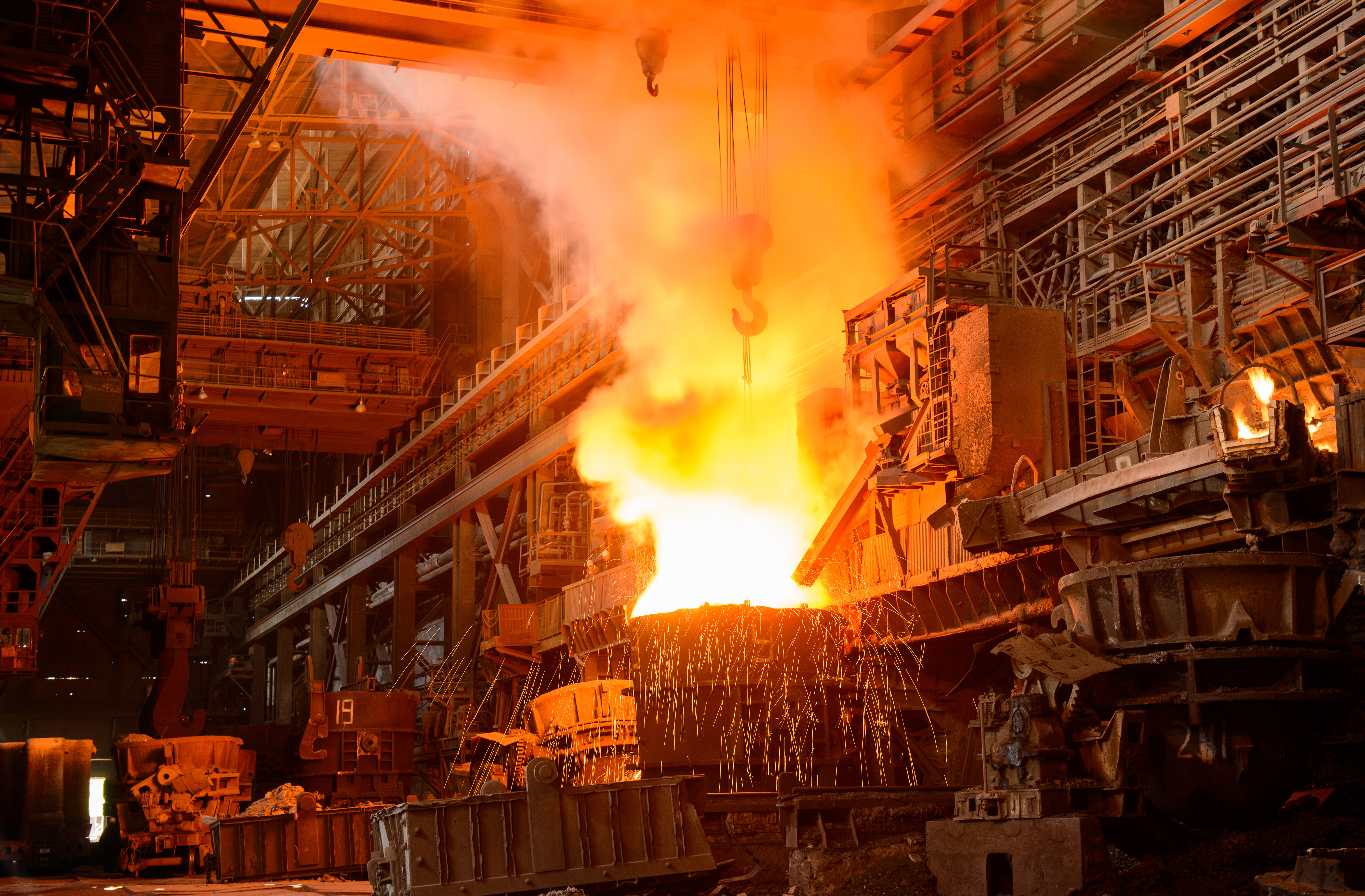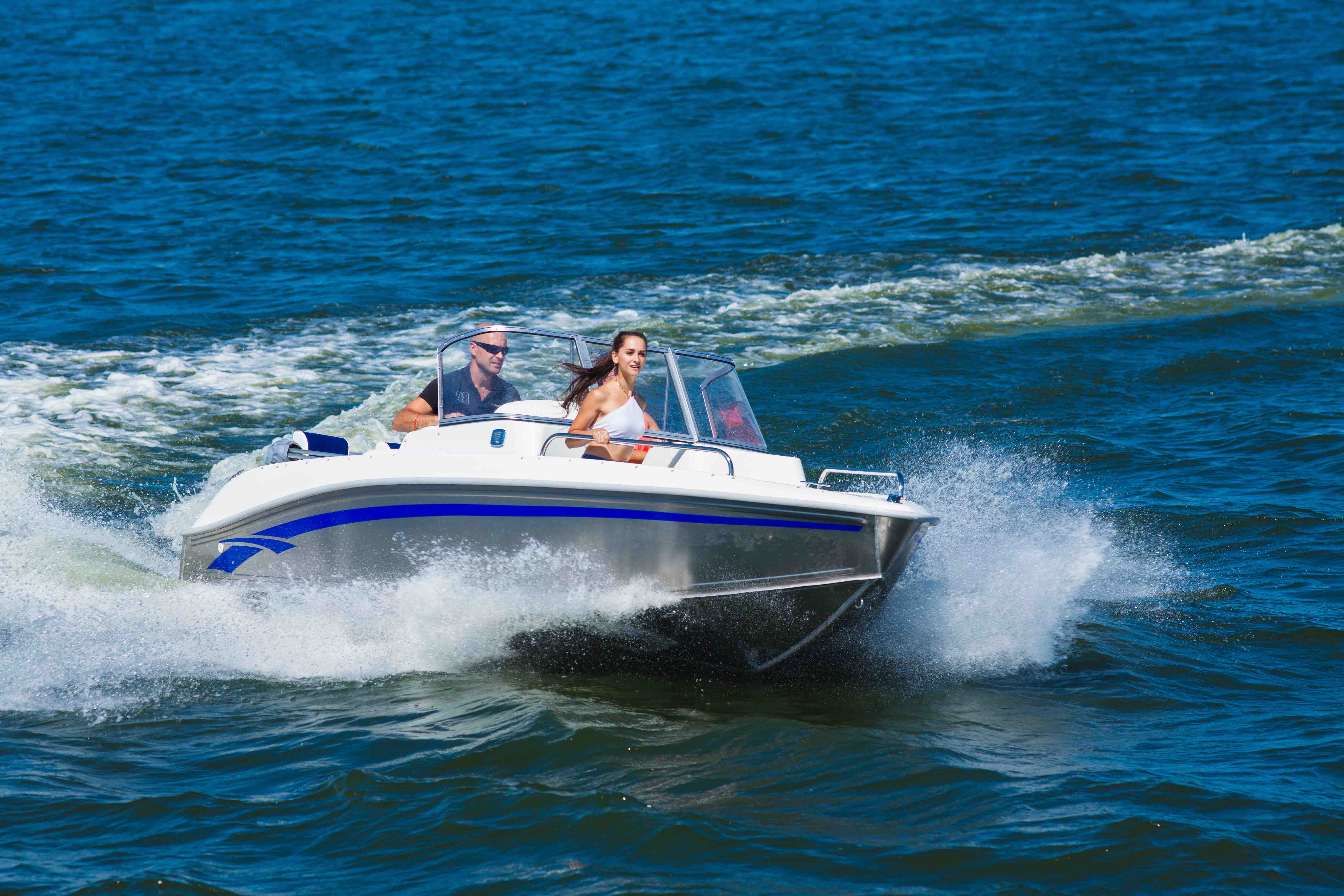
How Polyurethane Foam Made the Space Shuttle Possible
One of many daunting challenges facing the NASA engineers who built the Space Shuttle was the task of keeping its massive supply of rocket fuel insulated from heat without adding significant weight. The fuel tank (the large, central cylinder on the spacecraft pre-launch) was made of aluminum that was a mere 1/8” thick. When filled with the fuel for a journey to space, it weighed almost 1.7 million pounds.
The miracle material that engineers turned to was polyurethane foam. This special blend of polyols had all the strength, insulation, durability and lightweight properties that polyurethane foam is known for, with...
Category: Innovation Bonds













